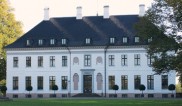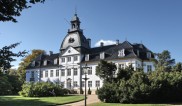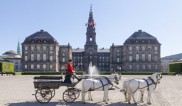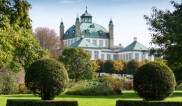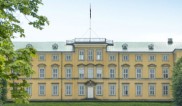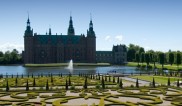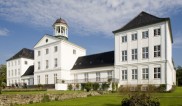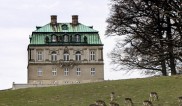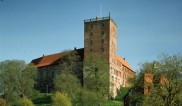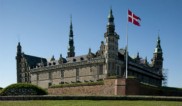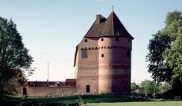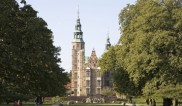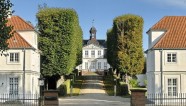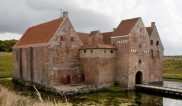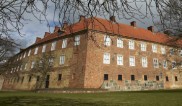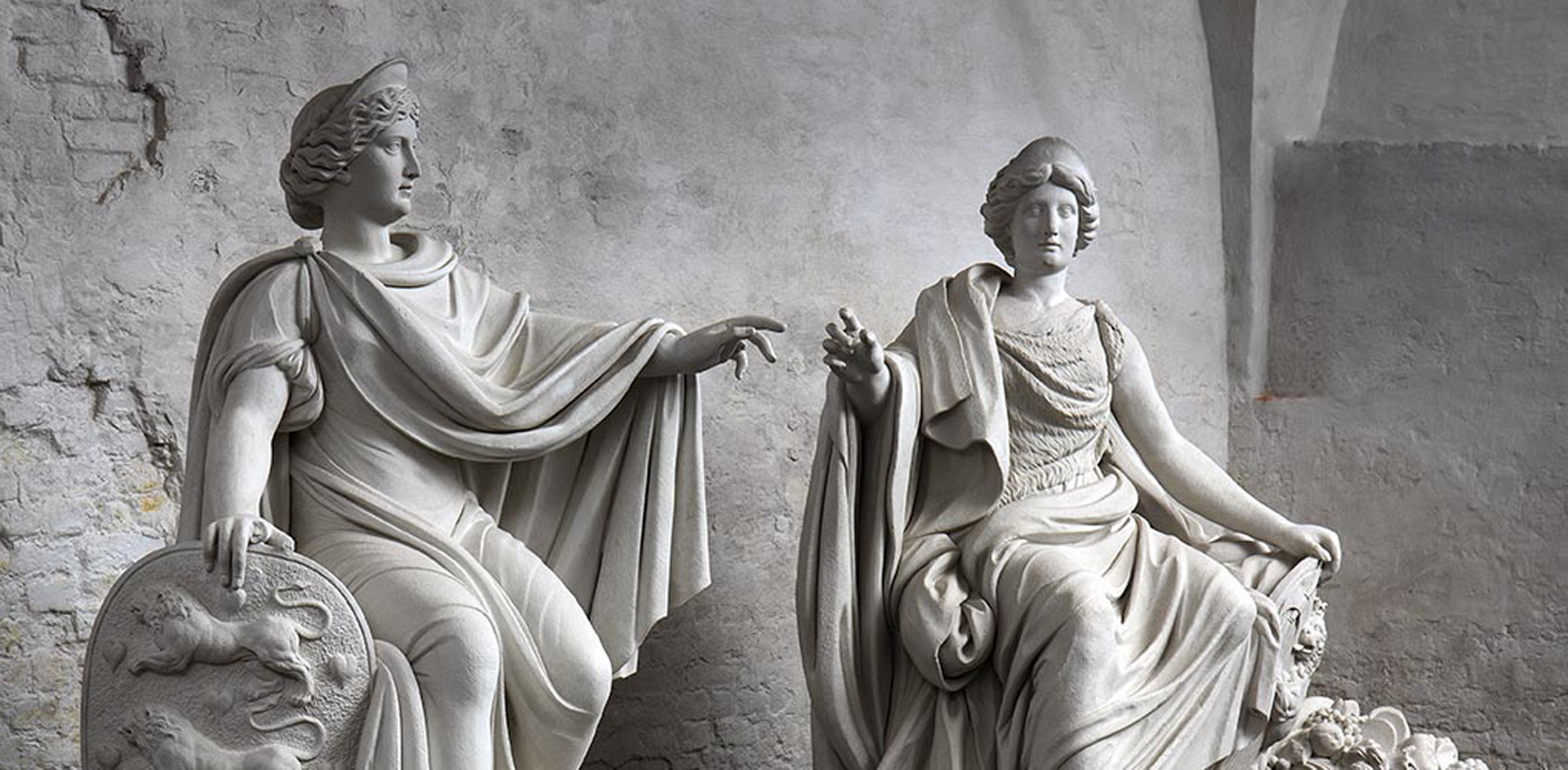
Sculptures
For centuries, kings have commissioned sculptures to adorn palaces, facades, towns and cities, as well as for their own self-aggrandisement. During the years of the Danish absolute monarchy from 1660, in particular, sculptors were busy carving magnificent figures out of precious stone and rock.
Most of the statues, sculptures and facades that the Danish kings commissioned are still here. Others have been replaced by replicas of the originals.
Frederick V’s equestrian statue in Amalienborg Palace Square is one of the finest in the world. The king is depicted on horseback as a Roman emperor. It took 20 years for the sculptors to carve this monument. It was finally unveiled in 1771.
The Norwegian Valley (Nordmandsdalen) in Fredensborg Palace Gardens is a daring collection of sculptures of fishermen and farmers from the Scandinavian kingdom. Frederick V commissioned the sculptures for his palace gardens at Fredensborg in 1764. No king had ever before commissioned sculptures depicting ordinary people and displayed them in a royal garden. This was the preserve of the monarchs and the gods and goddesses of the classical world.
The sculptures, which were about to succumb to centuries of severe weather conditions with rain, drizzle, snow and sleet were moved to The Lapidarium of Kings in Christian IV’s Brewery. The lapidarium accommodates 384 figures made of stone and plaster. You can see the sculptures close up and study the facades adorning the palaces and urban spaces of Copenhagen.

 Dansk
Dansk

